Did you know that by 2027 the majority of workers in the U.S. will be freelancing? That’s according to a survey conducted by the Freelancers Union and the freelancing site Upwork. They found that 50.9% of the American workforce will be freelancing in the next 10 years if the current labor force trends continue. It’s all just part of the new gig economy.

And just what is this gig economy?
Gig economy is the term used to describe a workforce environment where short-term employment, temporary contracts and independent contracting are the norm. There are other names for it. Alternative work arrangements. Freelancer economy. Agile economy. Sharing economy. Independent workforce. But what it means is any job that is not regular, direct or traditional employment.
Types of jobs that fall under this designation (and some examples) include:
- Temp Agency Positions (clerical or professional staff)
- On-Call Workers (Uber or Lyft drivers)
- Contract Workers (construction workers or laborers)
- Independent Contractors (construction workers or laborers)
- Freelancers (artists or copywriters)
What do the numbers tell us about the gig economy?
Most of the U.S. employment growth in the last decade is directly attributed to the rise in alternative work arrangements. In fact, the freelance impact on the American labor force rose from 10% in 2005 to 16% in 2015. Contract employment rates also increased in the same decade from 0.6% to 3.1%.
And while most attribute the rise of the gig economy to the Millennials (age 22-37) and their decision to place more emphasis on flexible and meaningful work over a bigger paycheck, the truth is that Baby Boomers (age 55-72) are driving the movement. A Princeton University study showed that in 2015, 14.3% of those aged 25-54 were working in the alternative workforce, while workers aged 55-74 had 23.9%. The reason for the higher percentage of older workers is their desire to supplement their retirement income as many are afraid they won’t have enough savings to retire.
So is the gig economy a good or bad thing?
Honestly, it all depends on who you ask.
For some, working in the gig economy means having more control over their lives. They can work the hours they want and they can choose what kind of work they want to do. It gives them the flexibility to work where and when they want, as opposed to a traditional job that dictates they work specific hours on-site at a company location. Plus, the ability to work several part-time or short-term jobs at once gives them the opportunity to have a lot of variety in their work week.
For others, the inconsistency in work means making ends meet can be a real struggle. Lack of work and the nature of freelance payment methods can result in long periods of time without an influx of income. Also without set hours or direction from an immediate supervisor, focusing on the task at hand can be burdensome, especially if they’re distracted by a spouse or friends that have traditional 8-5 workweeks. And of course, there’s the lack of benefits like company-sponsored insurance and paid vacations.
Whether you’re a fan of it or prefer traditional work, the gig economy is one of the driving factors behind the current the U.S. labor force and that’s not going to be changing any time soon.

